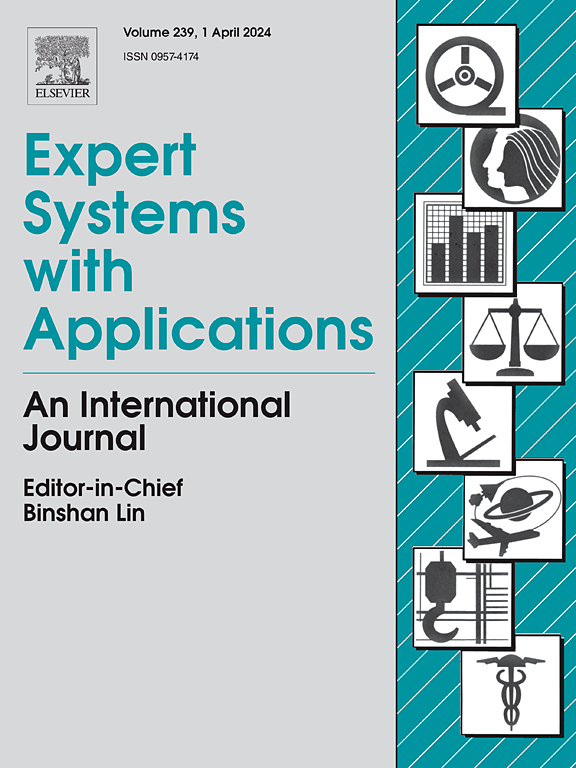基于传感器数据的可穿戴设备偏好学习的有序回归
IF 7.5
1区 计算机科学
Q1 COMPUTER SCIENCE, ARTIFICIAL INTELLIGENCE
引用次数: 0
摘要
可穿戴技术使得对随时间变化的变量进行连续测量变得越来越普遍。在各个领域的一个关键挑战是理解时变变量和标量响应之间的关系。在这种情况下,我们专注于配备电致变色透镜的有源框架,目前正在开发中。这些镜片允许用户随意调整色调,从四个不同的黑暗等级中进行选择。我们的目标是训练一个有序回归模型,利用环境光传感器(ALS)收集的环境光数据来预测首选的色调水平,并将其部署在电变色框架上,从而以个性化的方式控制色调。我们将其作为带有函数预测器的有序回归问题来处理。为了解决任务的复杂性,我们使用经典序数模型的改编来包含函数协变量。我们探索了小波和b样条函数基的使用,以及正则化技术,如lasso或粗糙度惩罚。在两个来自可穿戴设备的数据集中,这些功能有序回归模型优于LSTM和FCN网络,在保持可解释性的同时,准确率提高了10%。本文章由计算机程序翻译,如有差异,请以英文原文为准。
Ordinal regression for preference learning in wearables using sensor data
Wearable technology makes it increasingly common to obtain successive measurements of a variable that changes over time. A key challenge in various fields is understanding the relationship between a time-dependent variable and a scalar response. In this context, we focus on active frames equipped with electrochromic lenses, currently in development. These lenses allow users to adjust the tint at will, choosing from four different levels of darkness. Our goal to train an ordinal regression model to predict the preferred tint level using ambient light data collected by an Ambient Light Sensor (ALS) to deploy it on electrochromic frames, which would control the tint in a personalized way. We approach this as an ordinal regression problem with a functional predictor. To tackle the complexities of the task, we use an adaptation of the classical ordinal model to include functional covariates. We explore the use of wavelets and B-splines functional basis, as well as regularization techniques such as lasso or roughness penalty. In two datasets with data issued from wearable devices, these functional ordinal regression models outperform LSTM and FCN networks, being up to 10% more accurate while remaining interpretable.
求助全文
通过发布文献求助,成功后即可免费获取论文全文。
去求助
来源期刊

Expert Systems with Applications
工程技术-工程:电子与电气
CiteScore
13.80
自引率
10.60%
发文量
2045
审稿时长
8.7 months
期刊介绍:
Expert Systems With Applications is an international journal dedicated to the exchange of information on expert and intelligent systems used globally in industry, government, and universities. The journal emphasizes original papers covering the design, development, testing, implementation, and management of these systems, offering practical guidelines. It spans various sectors such as finance, engineering, marketing, law, project management, information management, medicine, and more. The journal also welcomes papers on multi-agent systems, knowledge management, neural networks, knowledge discovery, data mining, and other related areas, excluding applications to military/defense systems.
 求助内容:
求助内容: 应助结果提醒方式:
应助结果提醒方式:


